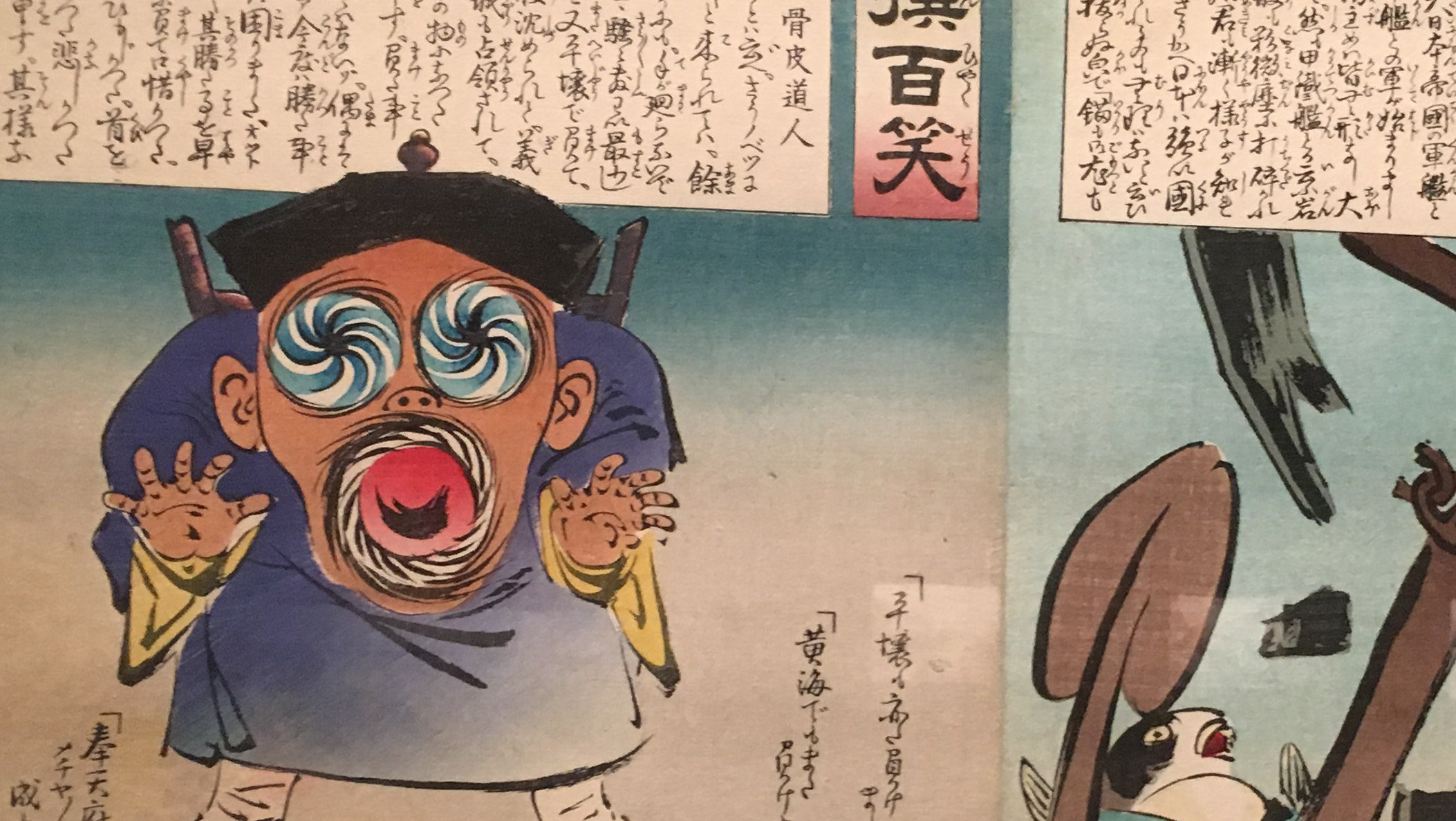Chinese Blue–and–White Ware
White porcelain wares with underglaze cobalt blue were first made during the Yuan dynasty of the fourteenth century and became increasingly popular over the next five hundred years during the Ming and Qing periods. Not only were they sought–after among Chinese markets, but they were also in high demand in the Middle East, Europe, and America. Many of the vessels have motifs that reflect Daoist notions of longevity, the balance of opposites, and the spirit of nature.
Buddhist Art
Seated Buddha
Pakistan, ancient Gandhara, 3rd–4th century, Schist.
Bon Crown
Tibet, 18th century, Iron.
1. Trunk with flaming jewels, Tibet, 16th–18th century, Carved, painted, and gilded wood.
2. Shrine Doors, Tibet, 18th century, Opaque watercolor, gold, gesso, and brass on wood.
Tara
Tibet, 18th century, cast and gilt bronze.
Hayagriva, Tibet, 18th century, bronze
Yamantaka, Tibet, 16th century, cast and gilt bronze.
Dancing Vajravarahi, Tibet, 19th century, silver.
Daka, Tibet, 18th century, bronze.



